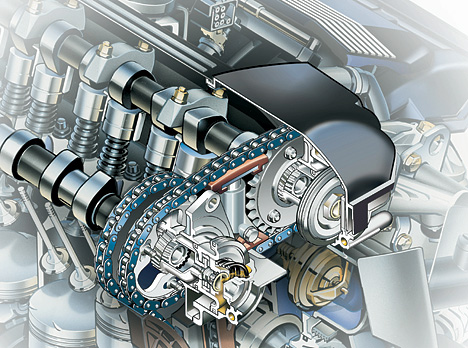The word Telematics is an amalgamation of the German words “Telekomunikaton†(telecommunication) and “infomatik†(information). It is the blending of computers and wireless telecommunications technologies, ostensibly the goal of efficiently conveying information over vast networks to improve a host of business functions or government-related public services. The most notable example of Telematics may be the Internet itself, since it depends on a number of computer networks connected globally through telecommunication backbones.
Telematics is the combination of telecommunications and new information technology. It has both a hardware component, such as cabling, computers, digitalisation and application components, and incorporates services provided by this new combination of telecommunication and information technology.
Telematics gives four new types of opportunity in the field of of information
Access to information of higher quality
Access to information over any distance, including global distances







